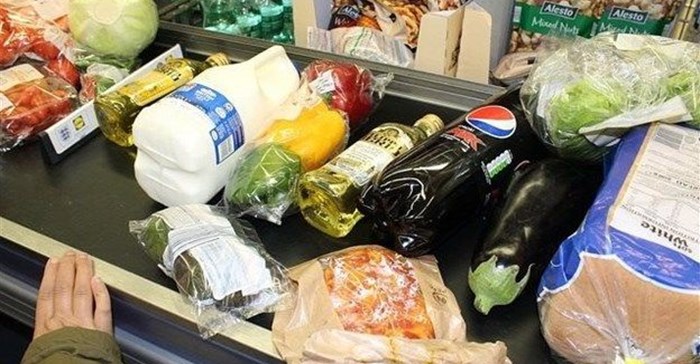The cereal price rose by 4.2% during the month, as wheat and maize export prices moved up sharply on the back of reduced crop prospects in several major producing countries and robust trade activity. By contrast, rice prices slipped, driven by subdued demand and prospects of an abundant basmati harvest.
The sugar price increased by 5.8% in October amid expectations of much tighter supplies in the year ahead, due mainly to anticipated large reductions in sugar output in India and Thailand, the world's largest sugar producer and largest sugar exporter, respectively.
The vegetable oil price also rose, increasing 0.5% to reach its highest level in more than a year. Palm oil quotations nudged up by new biodiesel mandates in Indonesia as well as firm import demand and expected a slowdown in output growth, while those for sunflower oil fell in the wake of bumper harvests in the Black Sea region.
The meat price rose 0.9%, driven by higher import demand for bovine and ovine meats, especially from China. Pig meat prices rose moderately, while those of poultry meat declined due to increased export availabilities.
The dairy price declined by 0.7% in October, as notably lower price quotations for cheese more than offset increases in those for skim and whole milk powders.
Lower cereal output forecast
FAO also lowered its forecast for global cereal production this year, linked to reduced prospects for coarse grains and wheat. Still, year-on-year, world cereal output is set to grow by 1.8% from 2018, according to the Cereal Supply and Demand Brief, also released today.
Specifically, worldwide coarse grain production in 2019 is expected to increase by 1.2% to 1,425 million tonnes, while that of wheat is anticipated to grow by 4.5% to a record level of 765 million tonnes. The forecast for global rice production is pegged at 513.4 million tonnes, slightly below last year's level.
Looking to 2020, rainfall shortages may hamper the sowing of crops, including wheat in the European Union and maize in South America. The weather outlook is generally favourable for crop plantings in the Russian Federation and South Africa.
World cereal utilisation in 2019/20 is forecast at 2,709 million tonnes, a record high, while world cereal stocks by the end of the 2020 seasons are seen at 849.5 million tonnes, down 1.5% from their opening levels.
FAO anticipates the global cereal stock-to-use ratio declining modestly to 30.4%, still judged a comfortable level. Wheat inventories are expected to rise, while those of maize and rice to decline.
World trade in cereals in 2019 is expected to rise by 0.7% to 415 million tonnes.









































